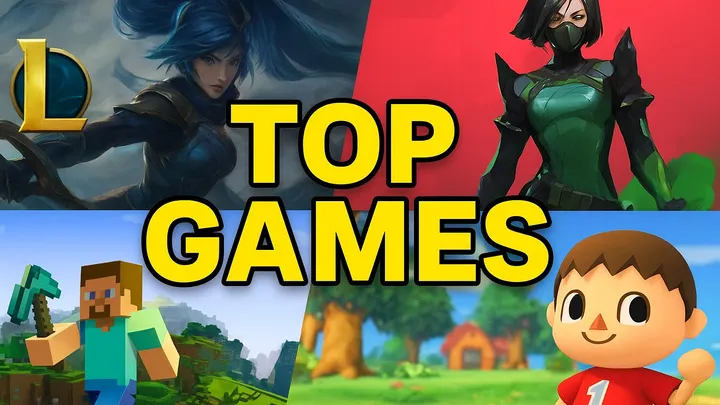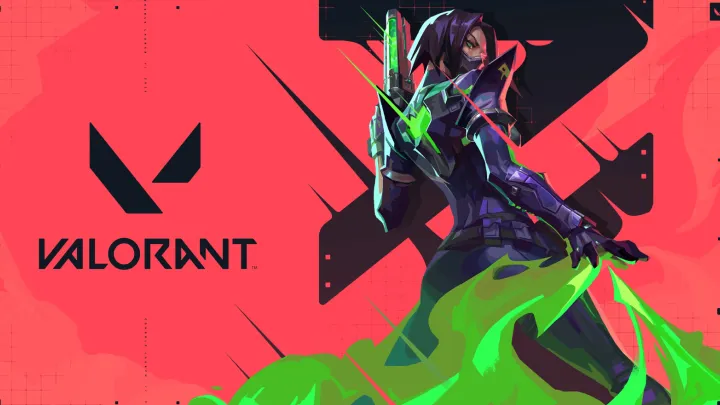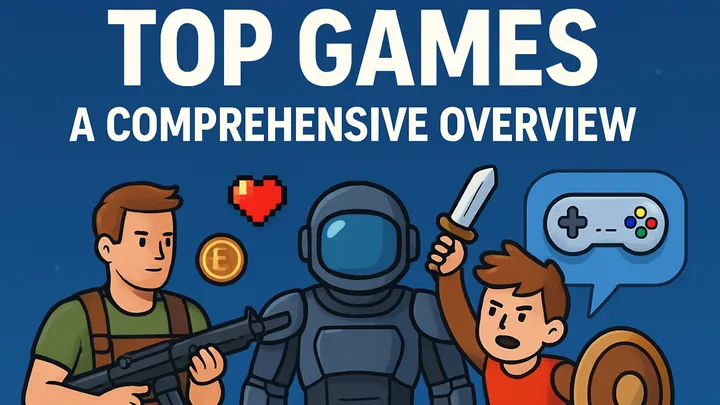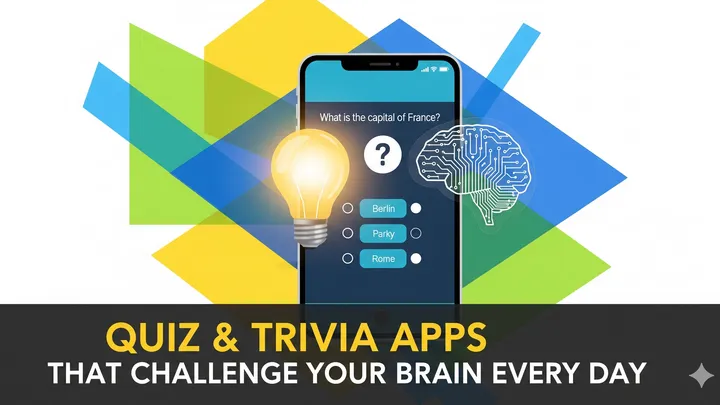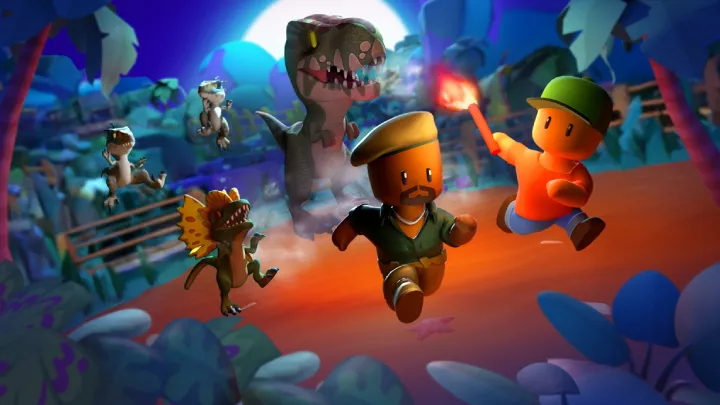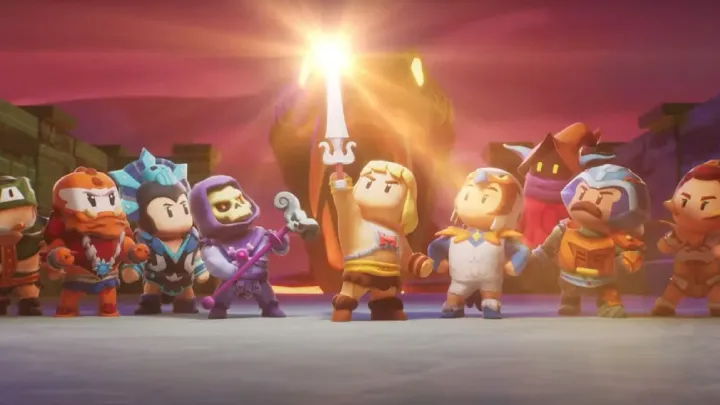Introduction
Valorant, Riot Games’ tactical 5v5 shooter, has quickly become one of the most competitive eSports titles worldwide. What makes Valorant unique is the combination of precise shooting mechanics and the strategic use of Agent abilities. For newcomers, the game may seem overwhelming due to its fast-paced action and layered strategies. This guide provides a complete walkthrough on how to play Valorant, from beginner fundamentals to advanced competitive strategies.

1. Getting Started with Valorant
To play Valorant, download the game through the Riot Client and create a Riot Games account. Once installed, you will begin with a short tutorial covering movement, shooting, and basic ability use. New players should spend time in the Practice Range to test weapons, practice recoil control, and warm up before real matches.
2. Choosing the Right Agent
Agents in Valorant are divided into four main roles: Duelists, Initiators, Controllers, and Sentinels.
- Duelists: Entry fraggers who specialize in aggressive plays.
- Initiators: Open up sites and gather information.
- Controllers: Use smokes and area denial to control the map.
- Sentinels: Defensive specialists providing healing, traps, or support.
For beginners, Sage (Sentinel) and Phoenix (Duelist) are recommended because of their straightforward abilities and strong utility in most situations.
3. Weapons and Economy Management
Each round, you earn credits based on performance and must decide how to spend them wisely.
- Popular rifles: Vandal (consistent headshot potential) and Phantom (better at close-mid range with silencer).
- Eco weapons: Spectre, Sheriff, or Guardian are good options when saving.
- Armor and abilities: Always balance your weapon purchase with shields and utility.
Learning when to full buy, force buy, or save (eco round) as a team is crucial for long-term match success.
4. Mastering Aim and Shooting Mechanics
Shooting in Valorant is all about precision. Always aim at head level, use controlled bursts instead of spraying, and learn recoil patterns for each weapon. Movement affects accuracy, so practice counter-strafing (stopping movement before shooting). Training in Aim Lab, Kovaak’s, or Valorant’s shooting range daily will dramatically improve consistency.
5. Understanding Maps and Rotations
Maps in Valorant such as Ascent, Bind, Haven, Icebox, and Pearl each have unique layouts. Learning callouts for specific areas helps communication with teammates. Mid control is often the key to success because it provides flexibility to rotate between sites. Watching professional matches is an effective way to study optimal positioning and rotations.
6. Team Communication
Valorant is a team-based shooter where communication can decide victory or defeat. Share short, clear information about enemy positions, abilities used, and rotations. Using pings and the in-game voice chat efficiently helps your team stay organized. Maintaining positive morale is equally important—avoid tilting or arguing as it disrupts teamwork.
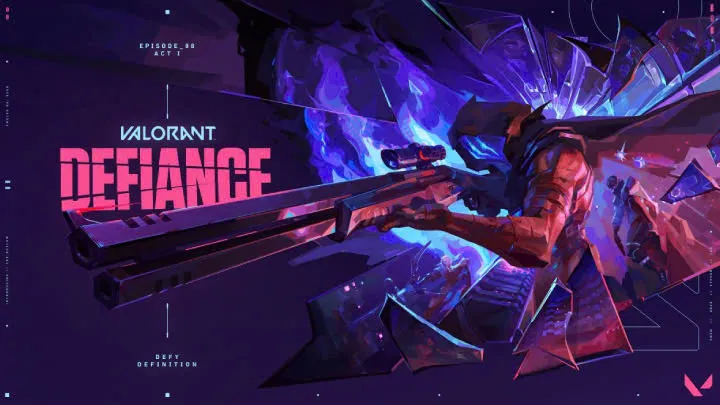
7. Using Abilities Effectively
Agent abilities are not meant to replace gunplay but to complement it. Smokes can block enemy sightlines, flashes can blind defenders, and recon abilities can reveal positions. Learning timing and synergy is key—using abilities too early or wasting them reduces their impact. Always coordinate with teammates before committing utility.
8. Competitive Mode and Ranking System
Once comfortable, players can enter Competitive mode. Valorant ranks include Iron, Bronze, Silver, Gold, Platinum, Diamond, Ascendant, Immortal, and Radiant. Ranking up requires consistent performance, teamwork, and patience. Focus on improving personal mechanics and decision-making each game rather than obsessing over wins and losses.
9. Advanced Strategies and Mental Game
High-level Valorant relies on mind games and adaptability. Advanced tactics include fake site executions, playing off-angles, or delaying defuses with utility. Beyond mechanics, maintaining composure is crucial. Stay calm after losing rounds and reset mentally to avoid losing momentum. A strong mental game often separates average players from elite competitors.
10. Long-Term Improvement Path
Improving in Valorant is a marathon, not a sprint. Build a structured routine:
- Daily aim practice (10–20 minutes).
- Review personal replays to spot mistakes.
- Watch pro tournaments to learn team strategies.
- Expand your Agent pool to adapt to different maps and team needs.
Progress takes time, but consistency will gradually lead to higher ranks and stronger performance.
Conclusion
Valorant blends tactical gunplay with strategic ability usage, demanding both individual skill and teamwork. By mastering core mechanics, learning agents, managing economy, and practicing disciplined communication, players can steadily improve and climb the competitive ladder. Patience, practice, and a positive mindset are the keys to becoming a strong Valorant player.









